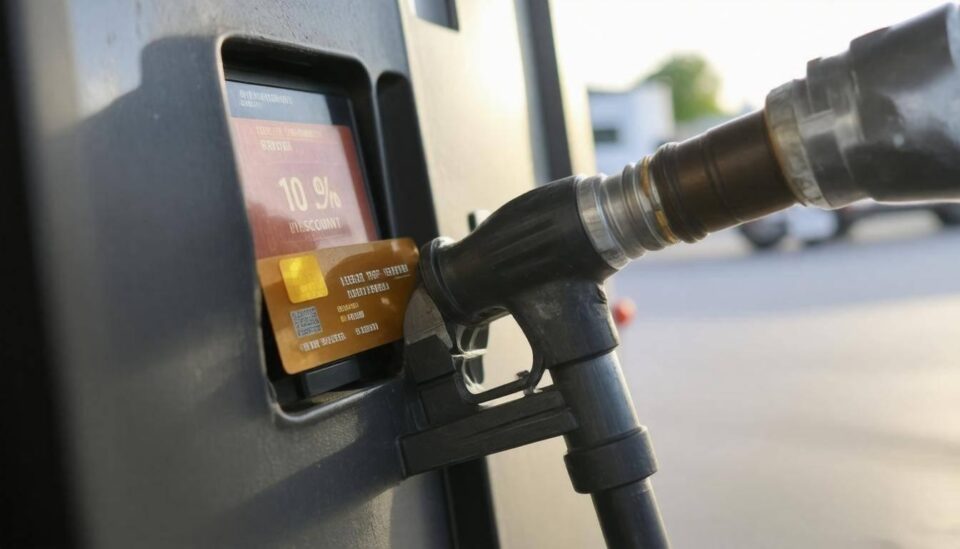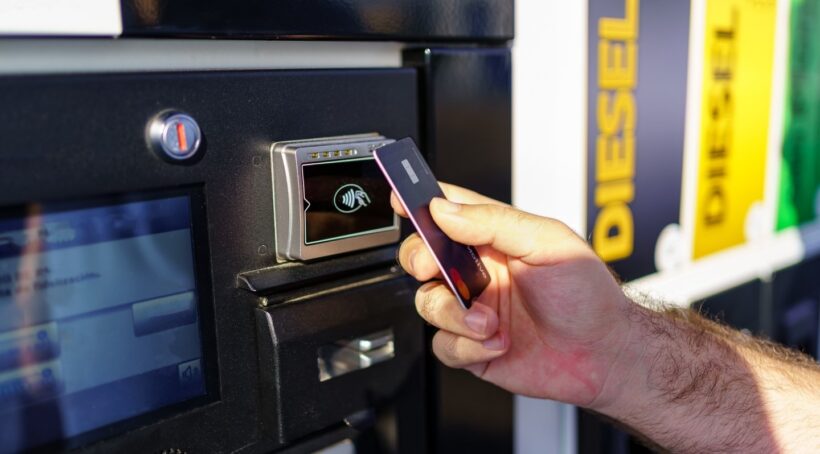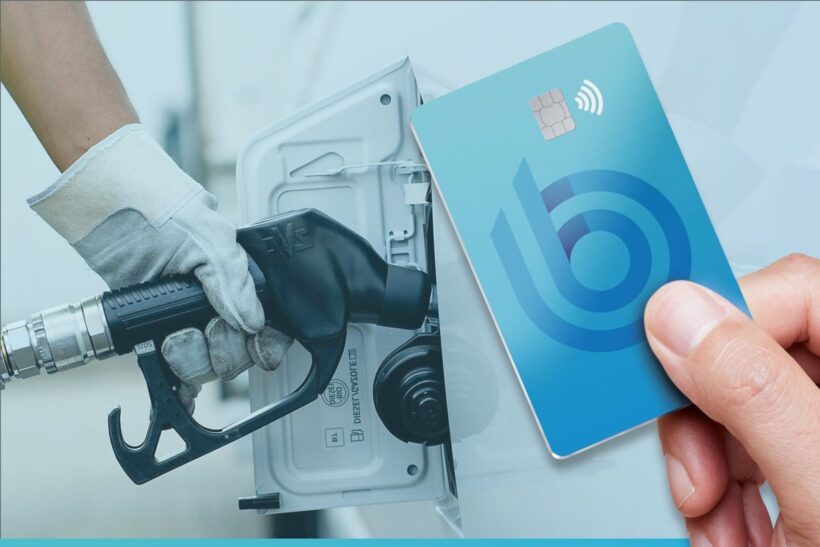Discounts with fuel cards are typically applied as either rebates or direct price reductions at participating gas stations when the card is used for fuel purchases. To benefit from these discounts, users must ensure they fill up at authorized locations and adhere to any specific usage terms set by the fuel card issuer.
When it comes to managing fuel expenses, understanding how discounts work with fuel cards can feel like untangling a web. You might wonder, “Are these discounts worth it?” The simple answer is yes!
Fuel cards are more than just pieces of plastic—they’re tools that can lead to significant savings for businesses and individuals alike. By tapping into potential rebates or instant price reductions at the pump, savvy users can turn fuel purchases into smart financial moves.
This article will guide you through the mechanics of fuel card discounts, providing insights and tips to help you take full advantage of these money-saving opportunities while keeping your fuel expenses in check. So, buckle up as we dive into this essential guide!
The Fuel Card System Explained
Fuel cards are specialized financial tools designed to simplify the intricacies of purchasing fuel and managing associated costs effectively.
Unlike regular credit cards, which can be used for a wide variety of transactions, fuel cards focus solely on fuel purchases, allowing businesses to enjoy enhanced features tailored to their needs.
Imagine a logistics company managing a fleet of vehicles; each truck driver employs a fuel card that not only facilitates purchases but also tracks expenses in real-time, providing invaluable data on usage patterns.
This system of streamlined operations is why fuel cards have gained traction among businesses, particularly those overseeing multiple vehicles.
By consolidating each vehicle’s refueling expenses into a single report, businesses can significantly reduce their administrative burden. Instead of sifting through piles of receipts and invoices that often come with traditional payments, fleet managers can access all necessary information in one concise summary.
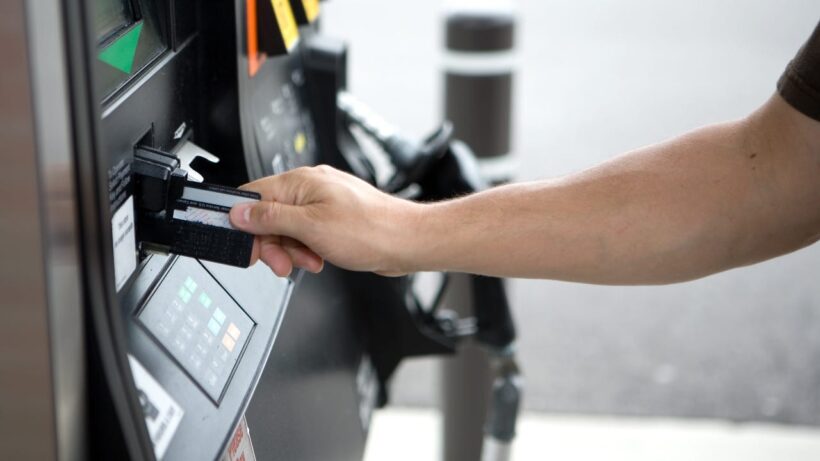
It’s akin to having an organized digital filing cabinet where every transaction is logged and categorized for easy reference.
Statistics reveal that over 60% of logistics companies in the U.S. have adopted fuel card systems for better management of their fuel expenses. This high adoption rate highlights how vital these cards have become in optimizing fleet operations.
The convenience extends beyond mere reporting; these cards often feature security measures that protect against fraud or misuse, typically requiring PINs or specific identifications to ensure that only authorized personnel make transactions.
When it comes to savings, it’s essential to note that the discounts offered by fuel cards are not just a bonus; they significantly impact overall operational costs.
Most providers offer varying levels of discount based on purchase volume, meaning the more fuel you buy, the greater the rebate per gallon.
For example, a company spending upwards of $5,000 monthly might discover they qualify for significant rebates—sometimes between 5% and 10% off the retail price. These incentives encourage bulk purchases while promoting cost-efficiency.
One key aspect worth mentioning is eligibility criteria often linked to these discounts. Many programs stipulate that a minimum monthly spend may be required to qualify for rebates.
Thus, it’s wise for fleet managers to familiarize themselves with these guidelines beforehand, ensuring they maximize their savings potential from the very start.
for tracking, reporting, and receiving discounts based on expenditure, it transforms the routine task of refueling into an opportunity for savings and efficiency enhancement across your entire operation.
Types of Discounts Available with Fuel Cards
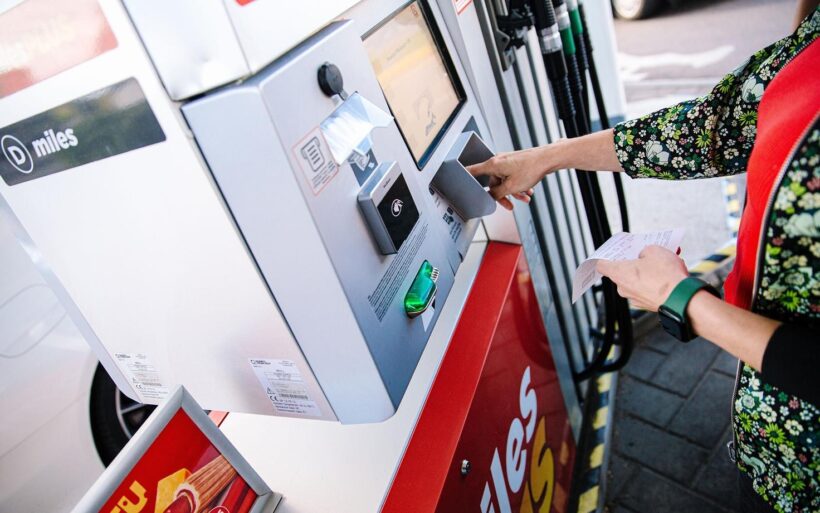
Discounts with fuel cards can vary widely based on the issuer, yet they generally fall into a few main categories. One of the most straightforward forms of savings is the Price Per Gallon Discount.
This discount provides a direct reduction in the price you pay per gallon at the pump. Depending on your fuel card, you might see a decrease ranging from 1 to 6 cents each time you fill up.
While this may seem minimal, it adds up considerably over time—especially for businesses relying heavily on fuel consumption. For example, if your fleet consumes 2,000 gallons a month, that discount translates to potential savings of $120 over a year.
Next up are Tiered Discounts, which rewards higher fuel purchases with larger discounts. It’s a win-win scenario for businesses that maintain consistent or high fuel usage. Picture this:
A company purchasing over 1,000 gallons a month might enjoy a lower rate than someone only getting 200 gallons a month. This tier-based approach allows businesses to optimize their spending and encourages them to plan ahead to take advantage of lower pricing tiers.
Another fascinating aspect is Combined Purchase Discounts, where fuel card users can receive additional savings through strategic partnerships or bundled offers with other services.
These discounts work by combining different purchases. For instance, if you use your fuel card not just for gasoline but also for maintenance and repair services, you may unlock extra deals or special rates. This provides an opportunity for companies to consolidate expenses while enjoying economies of scale.
Understanding how these discounts function opens up pathways to significant savings, especially for fleet managers seeking efficient cost management.
Instant Savings at the Pump
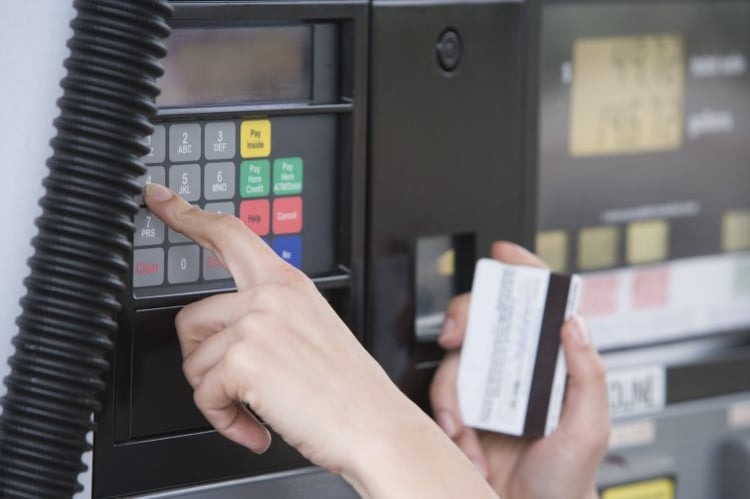
Instant discounts are a fantastic perk of utilizing fuel cards, as they allow drivers to save money instantly while refueling their vehicles. When a driver swipes their fuel card at a participating gas station, the unique pricing system engages, and voilà!
The discount is immediately reflected in the price displayed at the pump. Unlike typical rebates that require you to wait weeks for a reimbursement check or statement credit, these instant savings happen on-the-spot.
For example, let’s picture a delivery driver filling up their van at a gas station that partners with their fuel card provider.
The posted price per gallon might be $3.50; however, thanks to an instant $0.10 discount associated with their fuel card, that price is automatically adjusted down to $3.40 when they swipe their card. It’s amazing how quickly those small amounts can add up over time, especially for businesses operating fleets or for individuals who regularly use their vehicles.
Think about it: If a driver fills their tank just once a week and saves 10 cents per gallon on an average fill of 15 gallons, that translates to savings of $1.50 each week.
Over the course of a month, that’s $6, and annually—assuming no fluctuations in gas prices—that’s $72 saved! Understanding the power of these immediate discounts reveals an invaluable opportunity for effective budgeting and cost-management.
Now, consider another scenario where discounts aren’t applied immediately. Many consumers might miss out on potential savings simply because they misunderstand the structure of different fuel cards.
While some cards offer instantaneous reductions, others may provide delayed savings through rebates or consolidate discounts to later billing statements.
It’s essential to read the fine print and know your card’s mechanics—not only to avoid missing out on anticipated benefits but also to ensure you choose the best option for your situation.
Eligibility for Fuel Card Discounts
Fuel card discounts are not one-size-fits-all; in fact, they come with specific eligibility criteria that can determine whether or not a driver will receive the benefits.
For starters, many discount programs require users to meet a minimum monthly spending threshold, often set between $500 to $1,000. If a business falls short of this limit, they may find themselves ineligible for rebates or discounts that could significantly lower their fuel costs.
Think of it this way: if you spend less than what is required, you’re effectively leaving money on the table. It’s as if you’re visiting a buffet, eager to fill your plate only to realize that there’s a dish reserved just for those who meet the entry fee—missing out on what could have been an indulgent meal.
According to surveys, around 75% of fuel card users who missed out on potential rebates did so because they didn’t reach those vital minimum spending amounts.
This can serve as a critical reminder for fleet managers and drivers alike: track your fuel purchases closely to ensure you’re meeting these requirements.
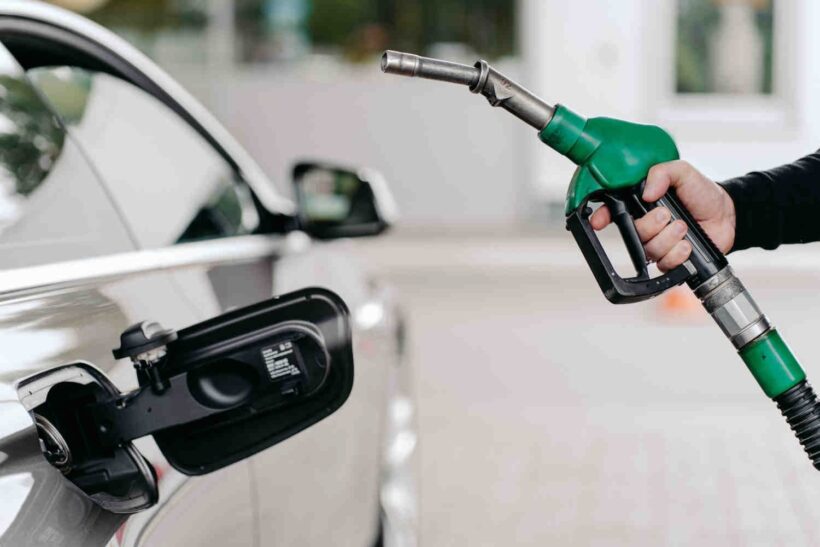
Aside from spending thresholds, eligibility can also differ based on the type of fuel card being used. There are specific cards designed for larger fleets, while others might cater to small businesses or individual drivers.
Each type has its own rules concerning minimum fuel spend and types of eligible vehicles. Therefore, it is essential for users to choose the right card that aligns with their operational needs and spending patterns.
Some fuel card providers implement tiered discount structures, which means that as users hit various spending milestones—say $500, $1,000, or even $2,000—their discounts increase progressively.
This can translate into substantial savings over time if managed correctly; however, it requires planning and consistency in fuel consumption. By understanding these tiers, businesses can strategize their refueling plans better—perhaps scheduling more frequent fill-ups when prices are low to maximize benefits.

